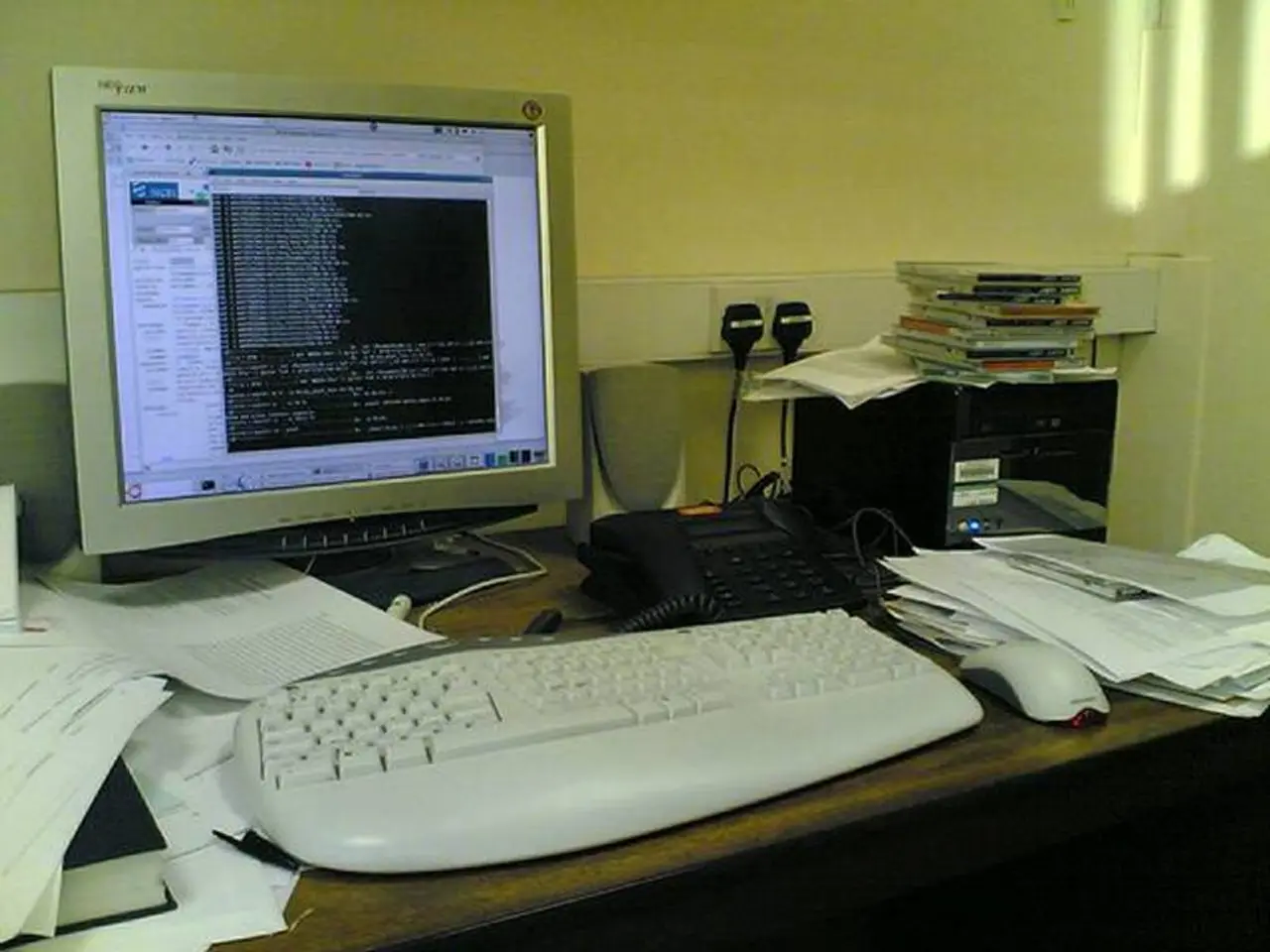Understanding Context Switching: Its Impact on Your Work Efficiency and Productivity Levels
In the modern work environment, maintaining focus and productivity is crucial. Here are some strategies that can help reduce context switching and improve overall efficiency.
Minimizing Distractions
During work hours, minimizing distractions can significantly help maintain focus. This can be achieved by turning off the phone, silencing Slack notifications, closing unnecessary apps, and responding to messages and requests only when not in "deep work" mode.
Task Batching
Task batching, or grouping similar work together, is another effective method. By focusing within the same context, task batching prevents frequent shifts in focus between tasks, thus reducing productivity loss.
Time Blocking
Time blocking, a method of managing time by dividing the day into sections or "time blocks" and dedicating each block to one or multiple tasks, can help maintain deep focus. Treating these blocks as non-negotiable, similar to meetings, can reduce disruptions and help the brain reach a flow state, which typically requires about 15 to 20 minutes of continuous attention.
Prioritizing Tasks
Prioritizing important tasks is crucial for efficient task completion. High-priority tasks should receive the most attention and energy, while less urgent and shorter tasks should be placed at the bottom of the to-do list.
Single-Tasking Mindset
Embracing a single-tasking mindset, or working on one task at a time, can lead to higher quality work. Rituals such as brief meditation or using a “parking lot” for intrusive thoughts can help maintain focus and ease transitions between tasks.
Energy Management Approaches
Aligning difficult or cognitively demanding tasks with your natural energy peaks can also improve productivity. For example, "larks" might find mornings more productive, while "owls" might prefer evening work. Automating routine decisions can also reduce cognitive load throughout the day.
Minimizing Distractions
Minimizing distractions is another key strategy. Using noise-canceling headphones, creating visual barriers, and optimizing your workspace can sustain long periods of concentration.
These strategies can help reduce the "context switching cost"—the productivity loss due to frequent mental shifts—by preserving focus and minimizing errors and additional completion time caused by switching tasks.
The Pomodoro technique, a time management method that involves splitting time into 25-minute blocks, followed by a 5-minute break, and then longer breaks after four blocks, can also help reduce context switching.
Subscribing to the Hubstaff blog can provide access to more productivity tips and strategies, including the use of Hubstaff's time tracker to help with time blocking and tracking the time required to complete specific projects.
In conclusion, effective strategies to reduce context switching and improve productivity focus on minimizing task shifts, managing attention, and structuring work to maintain deep focus. By implementing these strategies, workers can improve project management, reduce the time required to complete tasks, eliminate attention residue, and help achieve a healthier work-life balance.
- Hubstaff's blog offers valuable insights into productivity, providing tips on time management and the use of their time tracker for effective time blocking and project completion.
- In addition to minimizing distractions, creating visual barriers and optimizing your workspace can prolong periods of concentration, contributing to a healthier workplace wellness.
- By adopting a single-tasking mindset and prioritizing tasks, employees can ensure high-quality work and improved focus, leading to personal growth and overall efficiency in the workplace.
- Energy management approaches, such as aligning tasks with natural energy peaks and automating routine decisions, can further enhance productivity, also promoting health and wellness in the education and self-development sphere.




